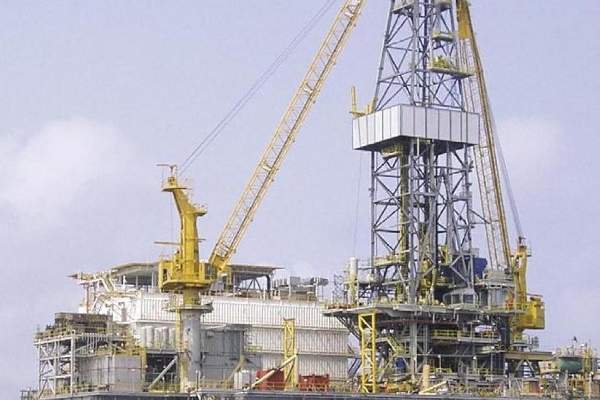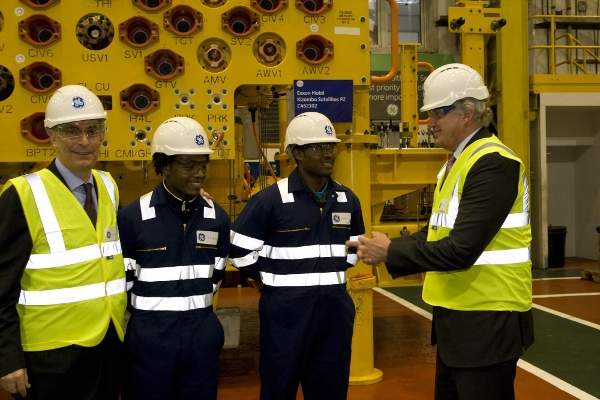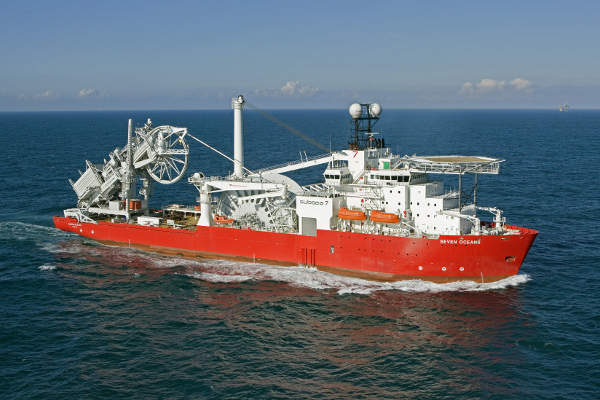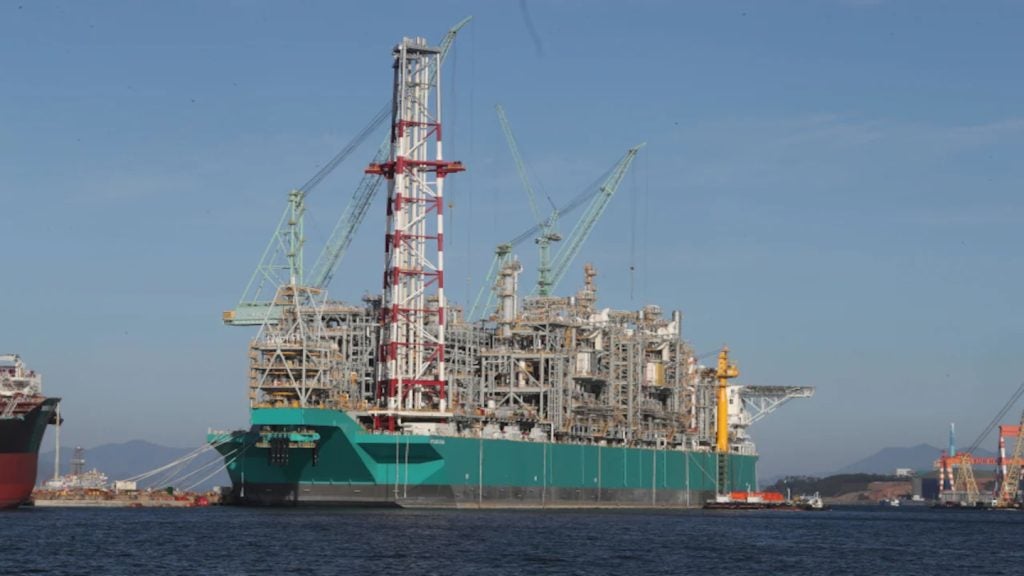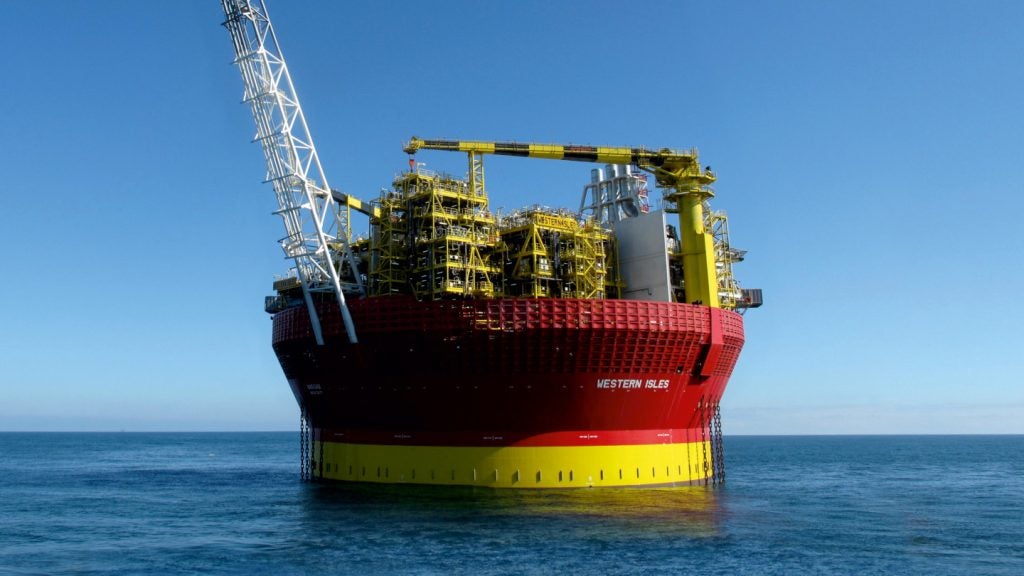The Lianzi oil field is located in a unitised zone which includes parts of the Block 14 License (Republic of Angola) and the Haute Mer Permit (Republic of Congo) about 105km offshore, at water depths ranging from 820m to 1,070m.
Chevron’s subsidiary Chevron Overseas Congo operates the field with 15.75% interest in the asset. Other interest holders in the field are Total with 26.75%, Cabindia Gulf Oil (15.5%), Angola Block 14 B.V. (10%, of which INPEX owns 4.995%), ENI with 10%, Sonangol with 10%, SNPC (the Republic of Congo National Oil Company) holding 7.5% interest and GALP, holding a 4.5% interest.
The estimated investment in the development of the oil field is $2bn. Chevron made the final investment decision on the project in July 2012. The field began production in November 2015 with a production capacity of 40,000 barrels of oil equivalent per day (boed). Revenue earned from the field’s operations is equally shared between Angola and the Republic of Congo.
Lianzi oil field reserves and development
The Lianzi field is estimated to contain proven reserves of 70 million barrels of oil.
The development of the field involved a tie-back of about 43km to the existing Benguela Belize Lobito Tomboco (BBLT) host platform located in Angola Block 14.
The field uses a subsea production system comprising three subsea production wells, three water injection wells, and an additional subsea production well and subsea water injection well each.
The installation of the 43km-long electrically heated flowline to transport the oil from the field to the host platform was carried out by Subsea 7’s rigid reel-lay vessel Seven Ocean.
Benguela-Belize Lobito-Tomboco host platform
The host platform Benguela-Belize Lobito-Tomboco (BBLT) is located about 96km offshore of the Cabinda coast in the Block 14 Licence of Angola.
The topsides of the drilling production platforms (DPP) are supported by a complaint piled tower (CPT) placed at a water depth of approximately 1,280ft. The CPT measures about 1,680ft from the seafloor to the top of its derrick. It has a design life of 25 years. The platform has the capacity to accommodate 157 people.
Contractors for Chevron’s Lianzi oil field project
The front end engineering and design (FEED) work for the oil field development was completed in 2009. It was carried out by Granherne, a subsidiary of KBR.
The FEED activities for the offshore project consisted of front end engineering and design of the subsea system, connecting pipelines and flowlines, additional new topside equipment for the host platform and modifications and tie-ins required to the existing platform facilities. The contract for the supply and installation of the subsea equipment was awarded to Subsea 7 in August 2012.
The contract for the supply of production equipment was awarded to GE Oil & Gas in October 2012. GE supplied seven subsea trees, nine subsea control modules (SCMs), topside and subsea controls distribution equipment, and vertical connection systems as part of the £102m ($165m) contract.
The $150m EPCI contract for the topsides of the field was also awarded to Subsea 7 in December 2012. The company further subcontracted KBR to provide topsides design for the project, in April 2013. KBR conducted laser scanning of the entire BBLT topsides, FEED verification, detailed engineering and procurement services as part of the subcontract.
The topsides contract involved the installation of a 200,000t module to host a high-voltage generation system for the new subsea direct electrically heated pipeline cable and a flow metre deck extension weighing 80,000t. The contract also involved several upgrade works on the platform.
Nexans was subcontracted by Subsea 7 to design and manufacture the direct electrical heating (DEH) system for the Lianzi oil field project. Wärtsilä was also contracted to provide its DEH system for the Lianzi oil field.

